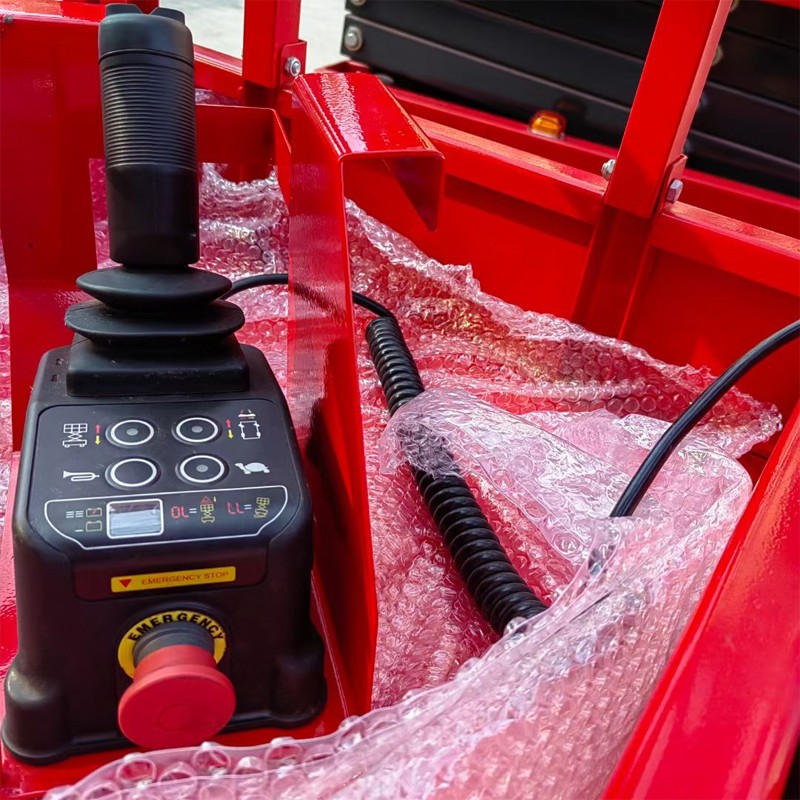We take pride in delivering exceptional customer service to both new and loyal customers. Our commitment is to ensure the reliability of our elevating work platform and consistently elevate safety standards.


Aerial work platform operators must receive professional training, which is a common requirement of laws and regulations, safety risk control and efficient use of equipment. The following explains its necessity in detail from multiple dimensions.
1. Mandatory requirements of laws and regulations
International/national standards
OSHA-USA: Operators are required to complete theoretical and practical training and pass the assessment.
CE certification-EU : Equipment must comply with EN 280 standards and operators must pass qualification certification.
Company compliance responsibilities
If an accident occurs due to untrained personnel, the company shall bear legal and compensation responsibilities.
2. Safety risk control
Accident-prone scenarios
Falling risk: Platform tilt, overload or misoperation may cause people to fall.
Equipment overturning: Complex terrain requires training to master stability skills.
Collision and pinching: Equipment movement must be accurately controlled when working in narrow spaces.
Correct use of safety devices
Training content includes: anti-fall system, emergency stop button, and tilt alarm device operation method.
3. Equipment complexity requirements
Differentiated operations of different equipment
Scissor Lift: need to master lifting speed and load balance.
Boom Lift: need to train cantilever extension path planning and obstacle avoidance.
Spider platform: need to learn outrigger leveling and narrow space movement skills.
Daily maintenance and troubleshooting
Operators need to learn basic inspections (such as hydraulic oil level, tire pressure, battery status) and simple troubleshooting (such as emergency descent operations).
